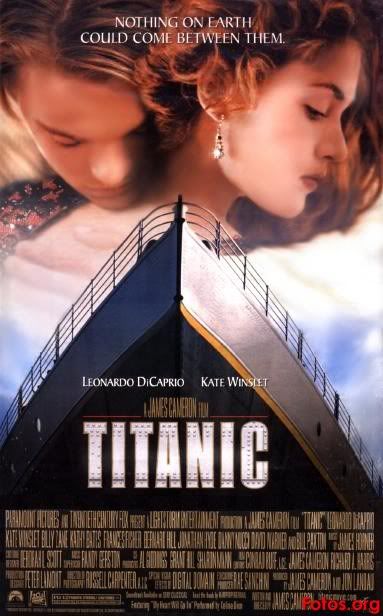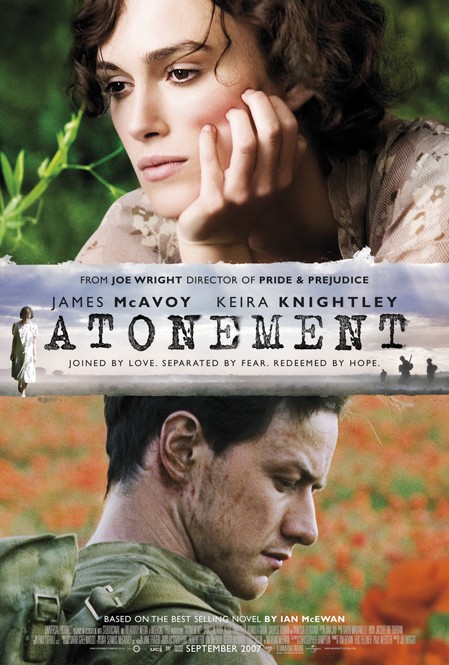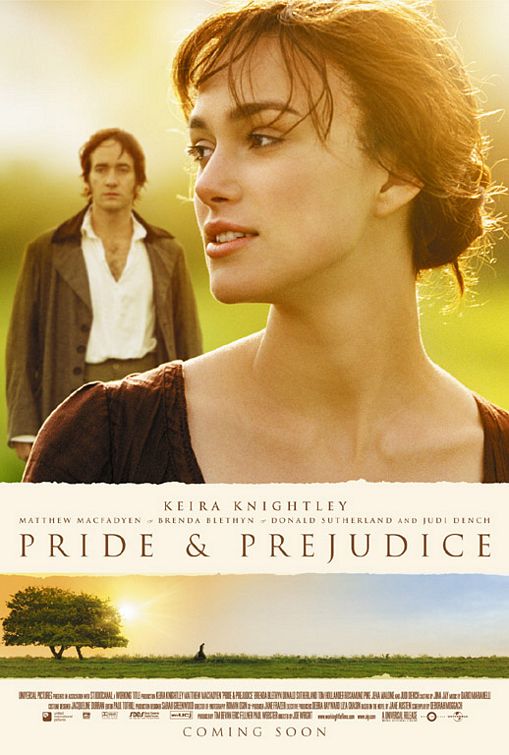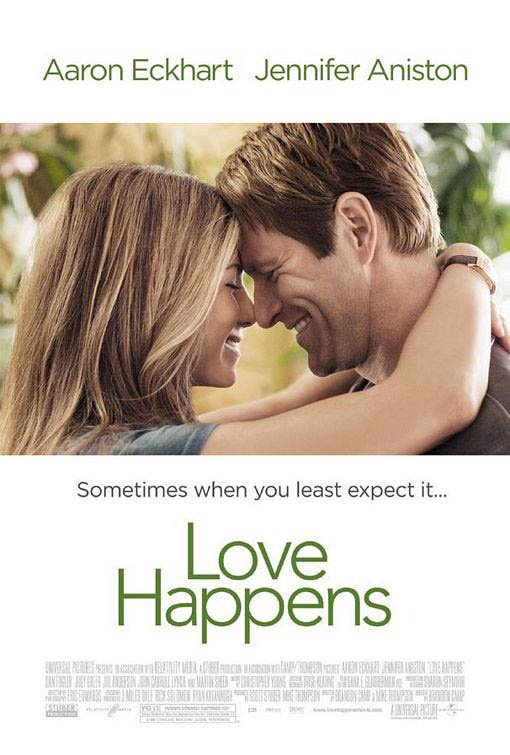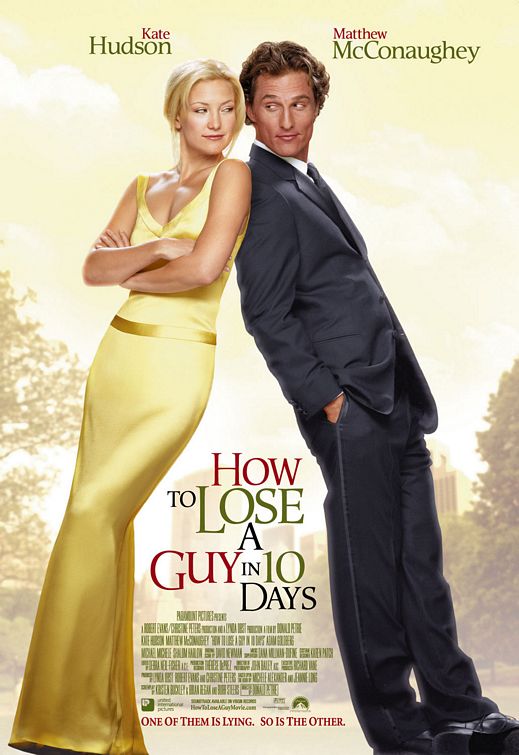Find 3 specific examples of the representation of age in the media from a variety of contemporary texts (these must be from the last 2 years)
Advert (include year of advert)\
SMA Advert - 2013
This represents the age of children. There are eight main stereotype categories for children.- As victims of horrendous crimes - Some critics of the media have suggested that While children who are victims of crime get more media attention than adults or children from ethnic minority backgrounds.
- As cute - This is a common stereotype found in television commercials for baby products or toilet rolls.
- As little devils - another common stereotype especially found in drama and comedy, e.g. Bart Simpson.
- As brilliant - Perhaps as child prodigies or as heroes for saving the life of an adult.
- As brave little angels - suffering from a long-term terminal disease or disability.
- As accessories - stories about celebrities such as Madonna, Angelina Jolie or the Beckham's may focus on how their children humanise them.
- As modern - the media may focus on how children 'these days' know so much more 'at their age' than previous generations of children.
- As active consumers - television commercials portray children as having a consumer appetite fro toys and games. Some family sociologists note that this has led to the emergence of a new family pressure, 'pester power', the power of children to train or manipulate their parents to spend money on consumer good that will increase the children's status in the eyes of their peers.
This advert portrays children as 'cute' as they're babies ad though they're acting naughty they're still cute to watch and the advert makes people - parents especially - smile or laugh.
Music Videos (pick a particular scene, exact times should be noted)
Break the Rules - Charli XCX
In the first five seconds of the music video we hear the non diegetic sound of a school bell ringing followed by a group of teenagers running down a corridor that's set to look like one you would find in a high school. The students are wearing a typical school uniform including white shirts and black trousers or a black skirt. Some of the students are carrying school folders or books. This all links in with the name of the song 'Break the Rules' as schools have several rules that students usually enjoy breaking. The use of teenagers also immediately gives you a sense of who the central target audience is for the song. This being young adults/teenagers (14-18), presumably females as its a female singer.
When the musics soundtrack begins the camera loses focus of the students running by and focus's solely on Charli and some girls behind her. They're not dressed the same as everyone else indicating they're already 'breaking the rules' by wearing provocative alternates to the school uniform. They're edited to be in a slight slower motion than the previous action to draw attention to Charli and what she's doing and wearing. The girls she is with are all very pretty too which along with Charli appeals to 'The Male Gaze Theory' and thus engages a target audience of males as well as females.
At 00:14 the setting changes to an American football ground's bleachers, the colour's being yellow and dark blue, the blue matching the skirt Charli is wearing and the jacket one of the other girls wears. The weather is also incredibly sunny and bright portraying the song is happy rather than sad. Due to the weather the lighting is soft and high-ish key rather than low key which would give the whole music video a depressing tone.
The scene changes again at 00:17 to only Charli stood on top of an American school bus, its also yellow thus linking into the yellow we saw earlier on the bleachers. The bus appears to also be on the football field with the bleachers in the back ground. The shot on Charli is an establishing/long shot of her and her whereabouts. The fact that Charli is on top of a school bus also links into the songs message of 'breaking the rules'. The she is stood on top of the bus she is wearing a black leather jacket, short shorts that show a bit of bum cheek, there are tassels coming from either her jacket of shorts too that cover part her legs but due to the movement don't keep covering them and sun glasses. Typically fitting the stereotype of a 'bad girl' almost linking to the stereotype of a 'biker chick'.
When Charli and her 'girls' enter the school bus (00:29) the bus driver looks the complete opposite of a bus driver as he has long dark curly hear, a baseball cap and headphones. He looks almost 'grungy' in his appearance and king of like a 'rocker' rather than a bus driver. Once on the bus (which only contains Charli and the girls) they all walk to the back half of the bus, something typically done by the 'bad' kids in a class. None of the girls are sat still, all are dancing or chatting or interacting with Charli who is singing directly to the camera, the shot used in this scene is a mid shot with occasional close ups of Charli herself singing. At 00:47 the girls and Charli begin to throw ripped up paper at each other and the camera indicating they're having fun and are once again breaking rules by making a mess and also ripping up paper as well as standing on the bus seats.
At 00:54 the camera is at a low angle watching at the bus drives past with Charli and the girls all hanging out the windows waving and throwing notebooks and paper towards the camera. For a second the camera closes up on Charli to show her having fun and initially looking like the ring leader of the girls and their behaviour.
Throughout he first minute of the music video the scenes switch from Charli dancing and strutting around on top of the bus, to Charli in the bus singing to the camera or having fun with her friends, or hanging out the bus presumably shouting or laughing; though this isn't heard due to the soundtrack playing but you see the action and intention of laughing or screaming.
After the school bell at the beginning of the music video no other sounds are used other than the soundtrack with Charli singing.
At 00:54 the camera is at a low angle watching at the bus drives past with Charli and the girls all hanging out the windows waving and throwing notebooks and paper towards the camera. For a second the camera closes up on Charli to show her having fun and initially looking like the ring leader of the girls and their behaviour.
Throughout he first minute of the music video the scenes switch from Charli dancing and strutting around on top of the bus, to Charli in the bus singing to the camera or having fun with her friends, or hanging out the bus presumably shouting or laughing; though this isn't heard due to the soundtrack playing but you see the action and intention of laughing or screaming.
After the school bell at the beginning of the music video no other sounds are used other than the soundtrack with Charli singing.
Film Trailers (Pick a particular Scene, exact times should be noted)
Nativity 2: Danger in the Manger - 2012
This is an film trailer specifically aimed at the audience of young children at Christmastime. We know it's aimed at young children because the film - as seen from the trailer - mainly includes primary school aged children.
In the first 10 seconds of the trailer the film misleads an audience to believe that the film is aimed at all ages at Christmastime but then as the trailer progresses we discover that the film is aimed more at a young audience in Primary Schools as the children in the film are all Primary School students as seen from 00:11 - 00:14. At 00:25 to 00:30 we see the teachers assistant 'Mr Poppy' encouraging the children to chase their new teacher around the playground. Something that can be seen as humorous to a young audience as every child would enjoy chasing and scaring their teacher with permission.
Mr Poppy is arguably a child himself despite being an adult as he goes against the Headmasters wishes and holds 'secret auditions' for the Christmas competition 'Song for Christmas' (00:38 - 00:49). This adds to the aspired audience of young children because Mr Poppy isn't like a normal teachers assistant and he encourages the children to do 'mad' and 'absurd' things that would never be done in a normal primary school.
We see more of the shenanigans encouraged by Mr Poppy from 00:58 - 1:11 in which he sneaks the children out the school and into a decorated vehicle, ties up the teacher Mr Peterson and drives across the country to Wales without the head teacher realising immediately and again at 1:15 - 1:20 when he gets into a fight with a rival schools teacher.
At 1:35 - 1:54 we hear the children's Christmas song and various scenes from the Song for Christmas competition and a funny clip of Mr Poppy and Mr Peterson changing a babies nappy.
This is a film blatantly aimed at children in Primary School and younger or young families due to the children in the cast being of that age group too. Though this is the primary audience, there is a secondary audience of other age ranges including young adults and people who enjoy Christmas.


